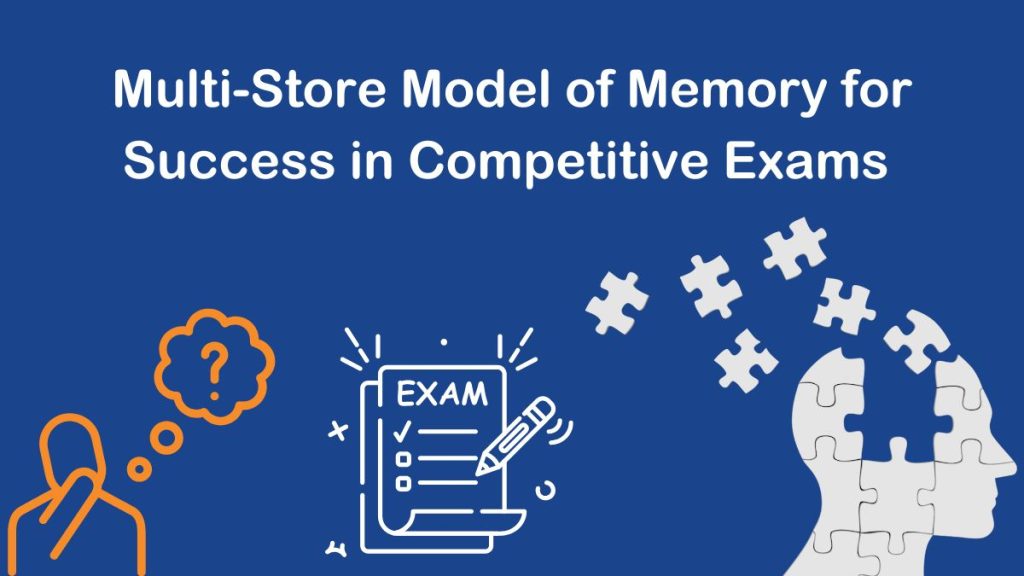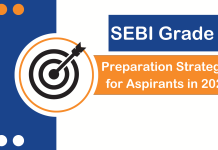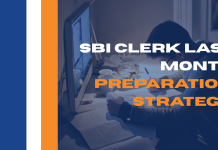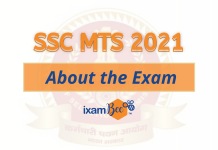Clearing competitive exams is not merely about hard work—it’s about smart work. And when it comes to smart study methods, knowing how the memory works can be a game-changer. Atkinson and Shiffrin’s Multi-Store Model of Memory (MSM) details the way information is stored, processed, and retrieved. If utilized appropriately, this model can enable you to keep information for longer, retrieve it quicker, and enhance overall performance in exams.

Knowing the Multi-Store Model of Memory
The MSM divides memory into three components—Sensory Memory, Short-Term Memory (STM), and Long-Term Memory (LTM). Each of them has a function in how we process and retain information. But most importantly, how we manage the flow of information between them dictates how good we are at remembering things.
1. Sensory Memory – The Entry Point
Ever wonder why a sound or picture disappears from memory in seconds? That’s sensory memory in action. It stores information from the world for a very short period of time. If you don’t concentrate, the information is gone. That’s why concentration is key when learning. Avoid distractions and actively focus on the material to transfer information to the next level—STM.
2. Short-Term Memory – The Work Desk
Consider STM to be a little table where you place things you’re working with right now. It has limited space to hold just a few bits of information at one time—around 4 to 7 items, and for a short time only—15 to 30 seconds! Without practice, these memories are gone. That’s why cramming fails in the long term. To drive information into long-term storage, repetition is essential.
3. Long-Term Memory – The Storage Room
When a memory is in LTM, it’s permanently stored with no limits to capacity. But the twist is, dumping information here isn’t sufficient. You must make the stored information easily accessible. Properly organizing information with meaningful associations can render recall a breeze during the exam.
How to Use MSM for Exam Preparation
Now that we understand how memory works, let’s examine how to apply it to studying.
1. Pay Attention to What Matters
Your brain only processes what it focuses on. If you’re passively reading, you’ll forget most of it. Actively engage with the material—take notes, highlight key points, and summarize in your own words.
2. Use Spaced Repetition
Revising topics every now and then reinforces the memory traces. Rather than trying to cram a topic at once, learn it today, review it after a day, and then revisit it again in a week’s time. This method ensures information transfers from STM to LTM efficiently.
3. Rehearse with Active Recall
Rather than simply reading notes, quiz yourself. Ask questions, attempt previous year papers, and sit through mock tests. This makes your brain work hard to recall information, strengthening it and making it easier to remember during exams.
4. Make Connections
Our minds remember things more easily when they are associated with something familiar. Associate new ideas with actual examples, stories, or what we already know. This transfers memory from mere phonetic coding (repetition) to richer semantic coding (comprehension), thus staying longer.
5. Reduce Forgetting through Mnemonics
Acronyms, rhymes, or associations facilitate recall. For example, to recall the rainbow colors, individuals use ‘VIBGYOR’. Develop your own memory aids for challenging ideas.
6. Retrieve, Don’t Just Read
Reading is passive. Instead, close the book and attempt to recall what you just read. If you find it difficult, go back to the material and test again. This method, known as active retrieval, consolidates memory traces.
Final Thoughts
Your brain functions like a well-tuned system. Sensory memory records information, short-term memory operates on it, and long-term memory retains it forever. But without attention, rehearsal, and retrieval strategies, information vanishes. Applying the Multi-Store Model of Memory intelligently in your study habits can be a game-changer. Study intelligently, practice wisely, and let your memory take care of the rest on exam day!
ixamBee specializes in providing expert guidance and resources for banking exams 2024, ensuring that you are well-prepared for the Upcoming Bank Exams like RBI Grade B, NABARD Grade B, IBPS SO, and more. Our courses align with the bank exam calendar 2024, covering all the essential topics. With a focus on the upcoming bank jobs, our Previous Year Papers, BeePedia, SSC CGL, SSC CHSL, SSC MTS and other Mock Tests are designed to help you excel in upcoming banking exams.
Also Read:
RRB NTPC Exam Analysis: Insights into Difficulty Levels and Expected Cutoffs
Banking vs. SSC vs. UPSC: Which Government Exam is Best for You?
Economic Crises and Recovery Strategies of Leading Nations















